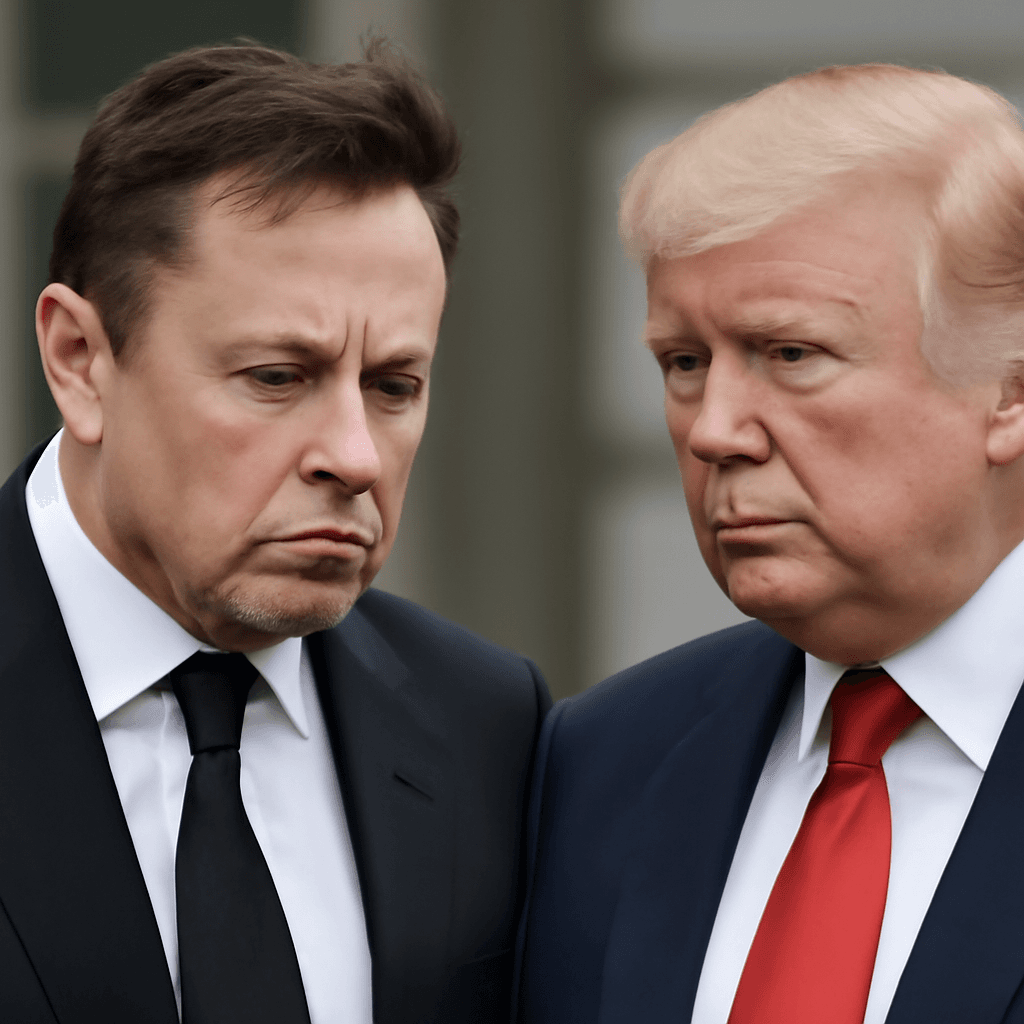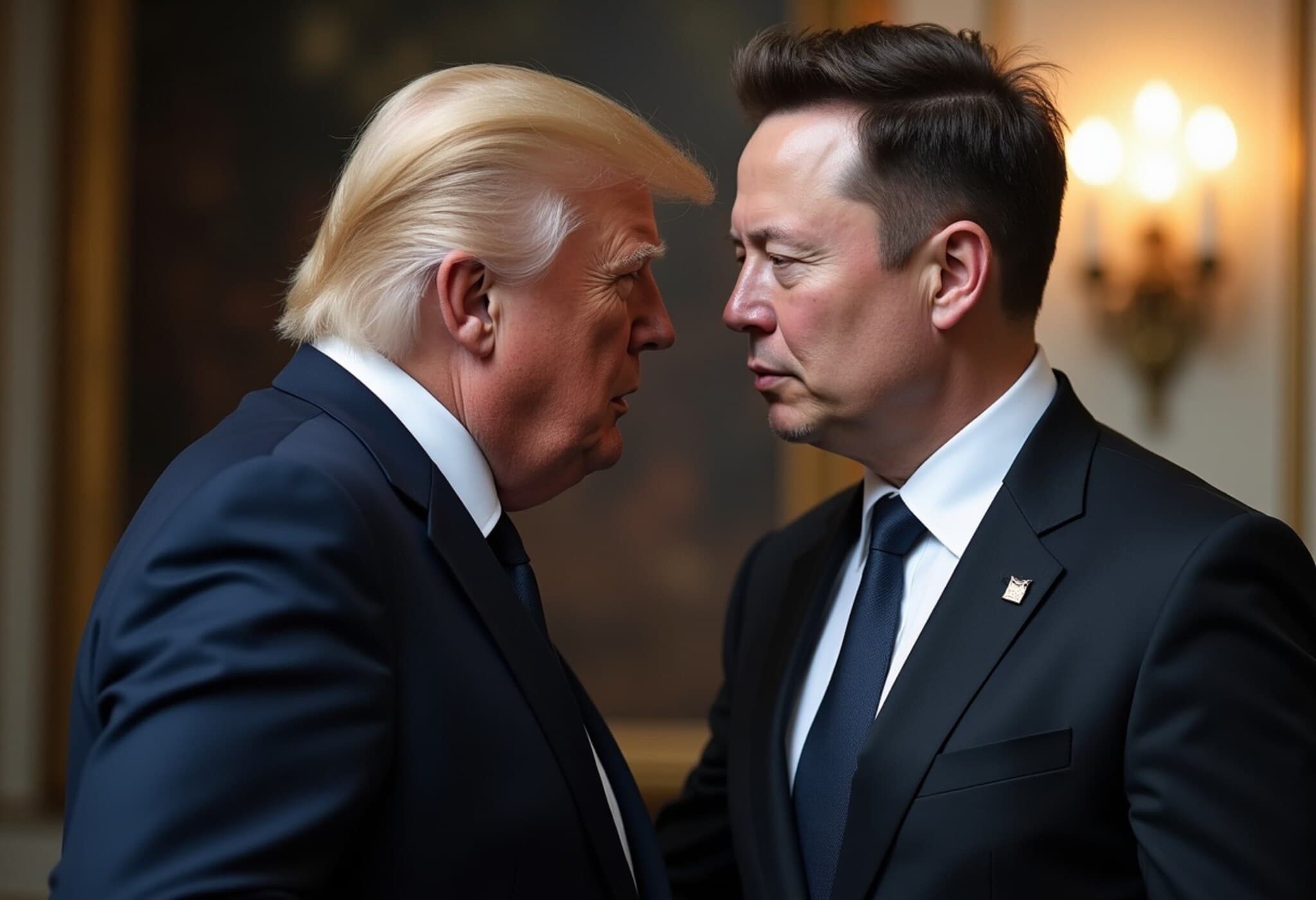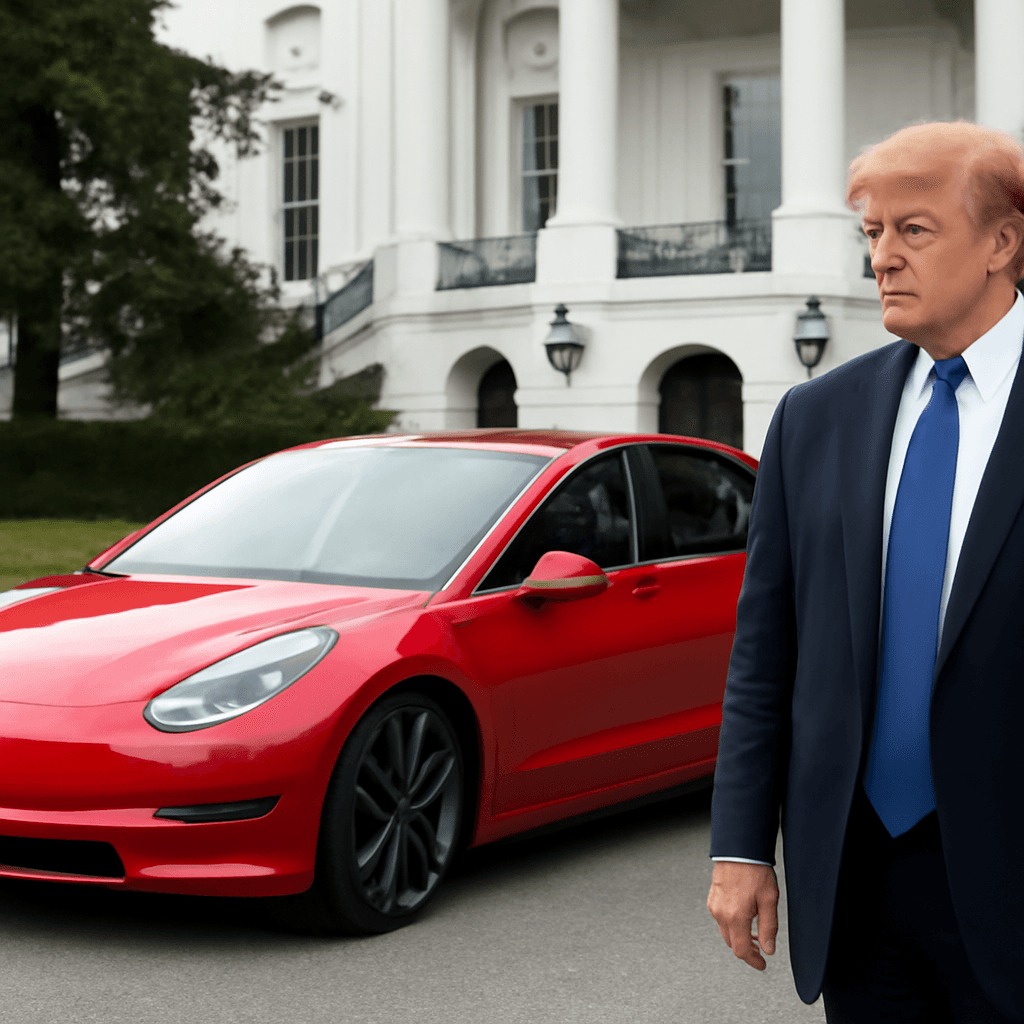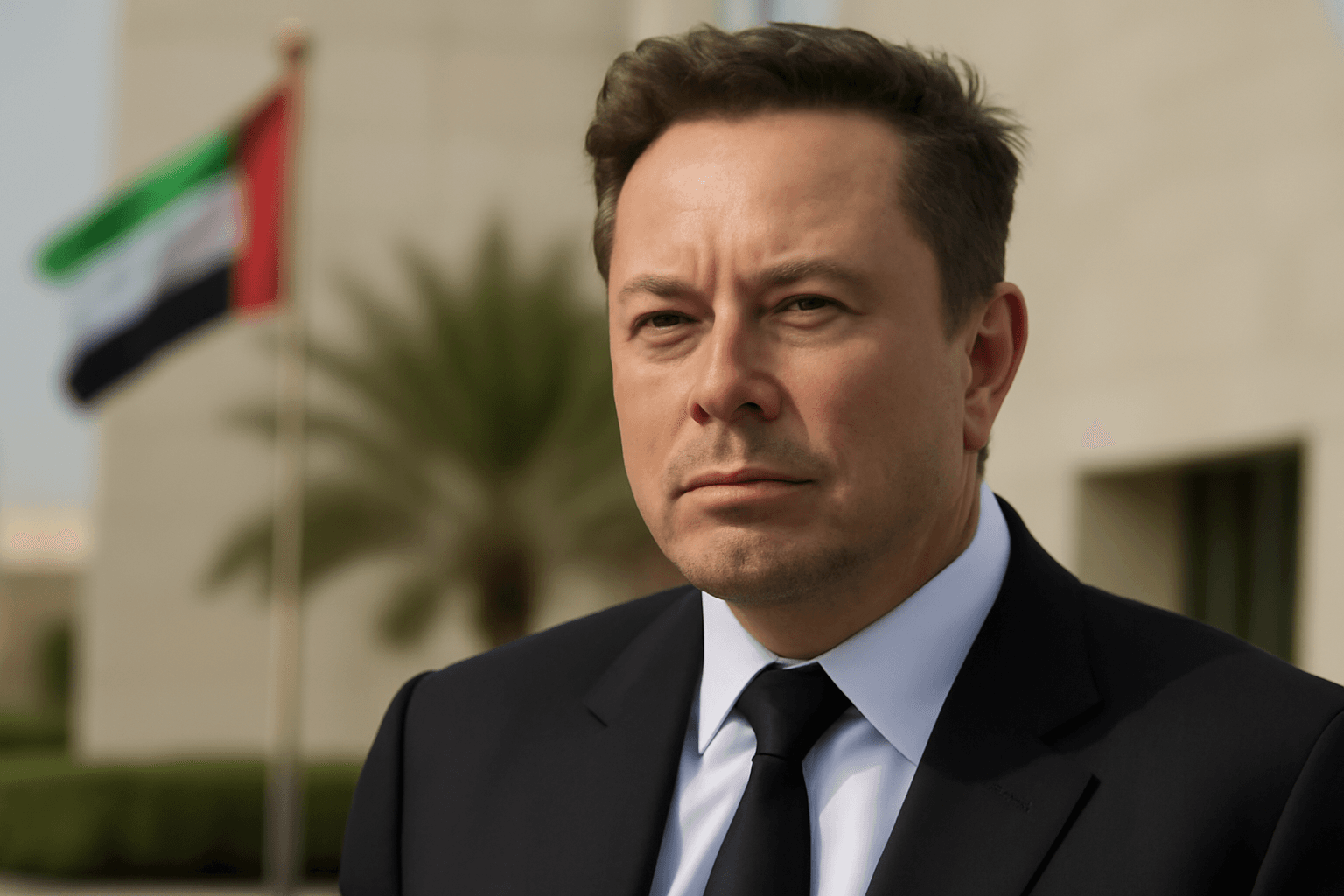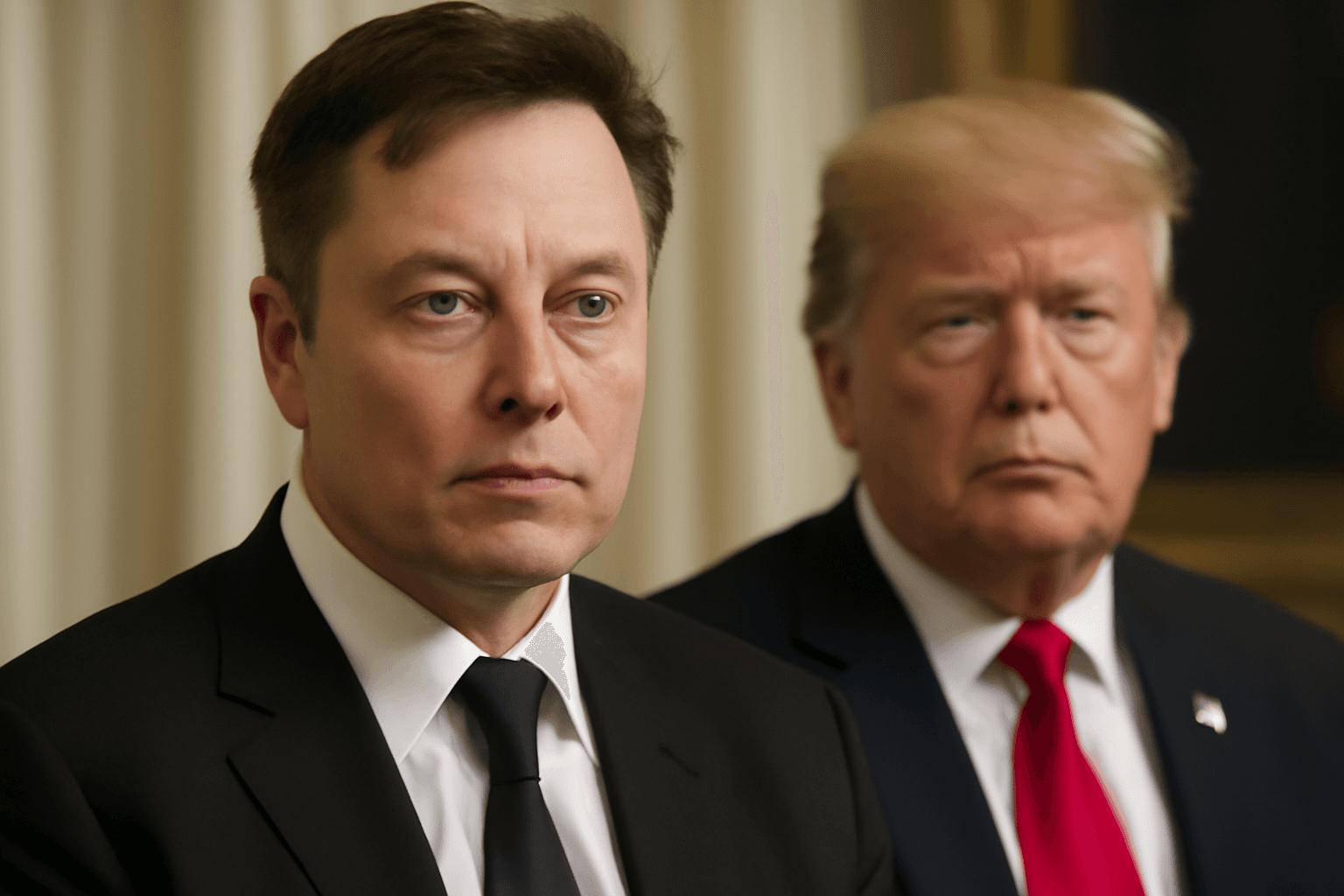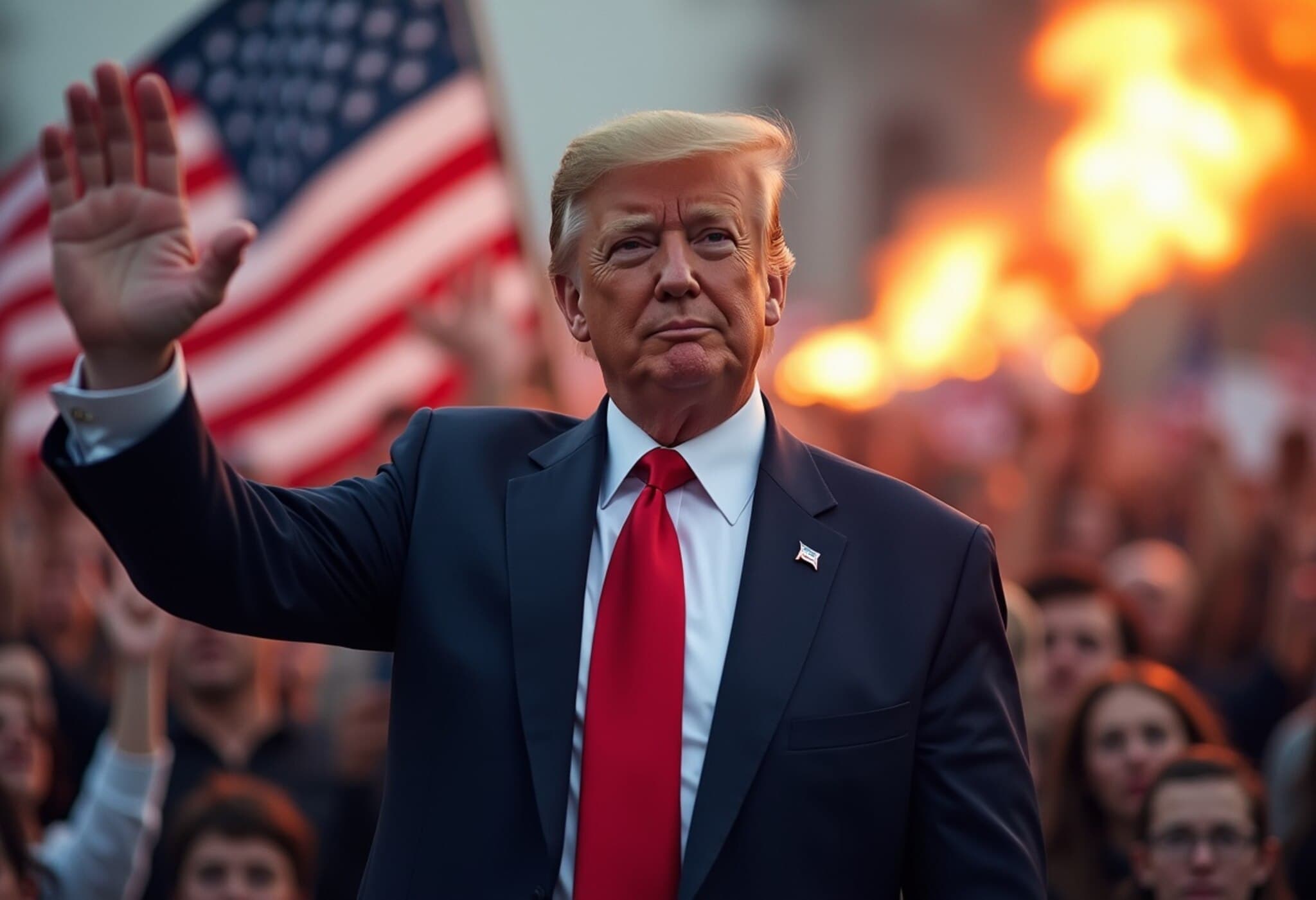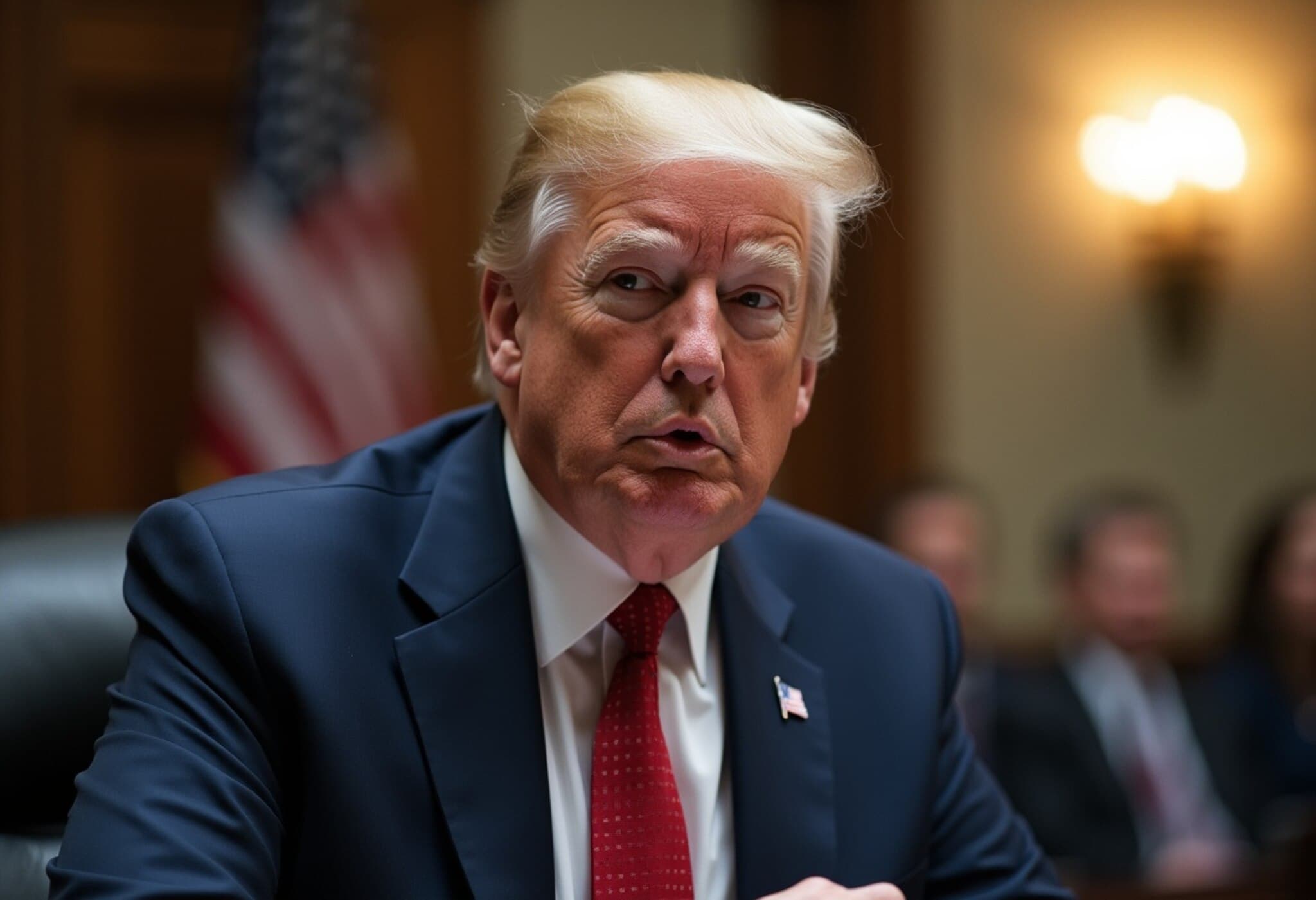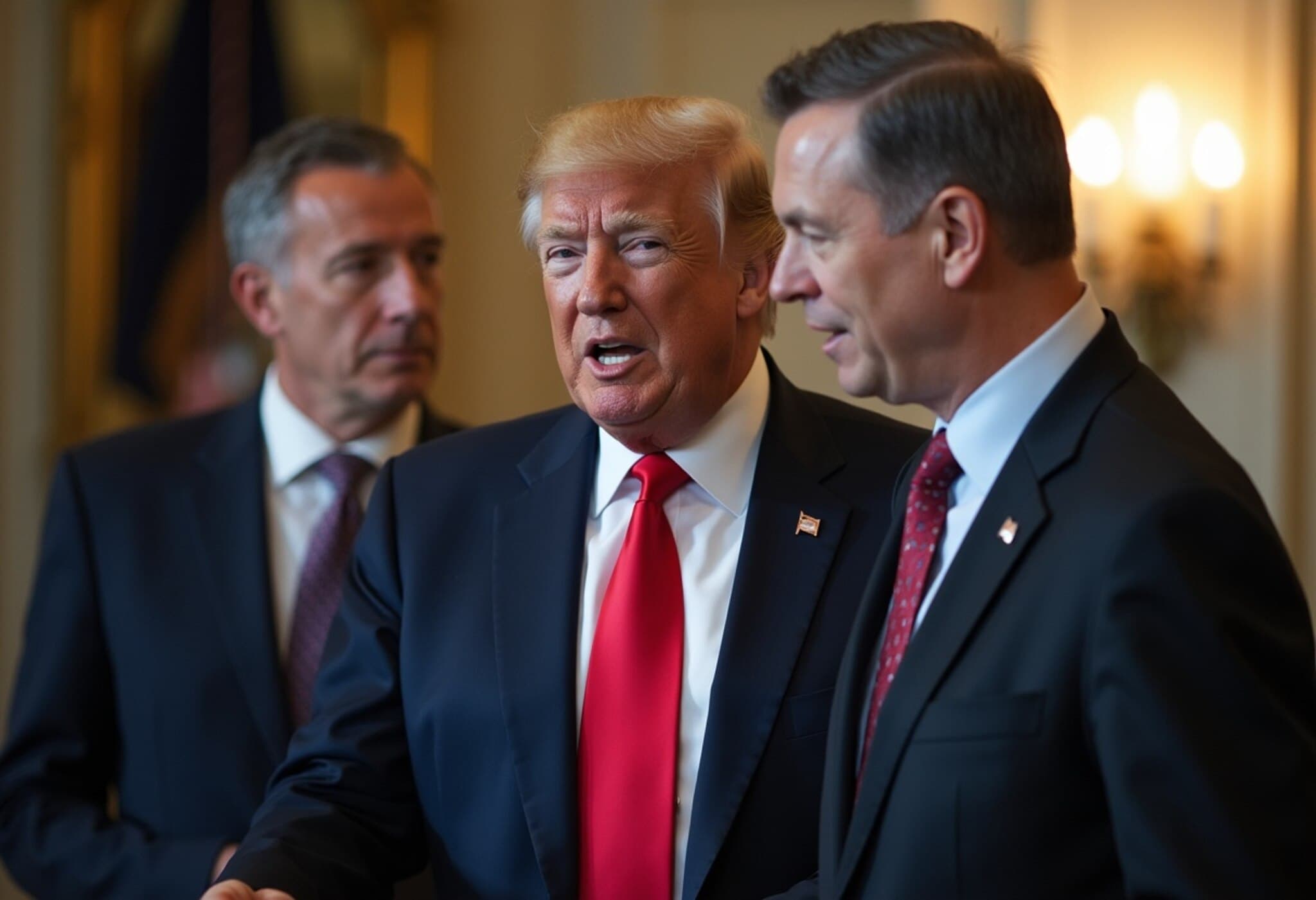Peter Navarro Calls Out Apple CEO Tim Cook for Lagging in Production Shift
Former White House trade advisor Peter Navarro publicly criticized Apple’s CEO Tim Cook on July 7, 2025, accusing him of dragging his feet on moving iPhone production out of China. Navarro labeled the situation “the longest running soap opera in Silicon Valley” during a CNBC Squawk on the Street interview, underscoring the slow progress amid mounting political pressure.
Trump Administration’s Increased Pressure on Apple
The Trump administration has consistently pushed Apple to relocate more manufacturing back to the United States, challenging the tech giant’s reliance on overseas production, primarily in China. Amid escalating trade tensions and tariffs, President Donald Trump explicitly warned Apple that iPhones made abroad—particularly outside of the U.S.—could face a tariff as high as 25%.
Trump notably expressed disapproval of Apple’s expanding production in India, telling Cook, "I don't want you building in India." This stance is part of broader efforts to bolster domestic manufacturing and reduce dependence on foreign supply chains.
Why Moving Production is More Complex Than It Seems
While Navarro criticized Cook’s pace, industry experts highlight significant logistical challenges. Fully relocating iPhone manufacturing to the U.S. is not a simple switch; it involves rebuilding intricate supply chains and retooling factories. Analysts warn that a U.S.-manufactured iPhone could potentially cost consumers up to $3,500—far above current prices—due to higher labor and operational expenses.
Apple currently assembles very few products in the U.S., with the Mac Pro manufactured in Texas being a notable exception initiated during Trump’s first term. However, in February 2025, Apple committed to investing $500 billion in the U.S., focusing largely on AI servers and other advanced manufacturing initiatives, signaling a shift towards domestic growth but not yet a full-scale move of iPhone production.
Expert Perspectives on the Debate
- Technology Analyst Insight: Shifting a global supply chain like Apple’s involves more than factories—it requires skilled workers, component suppliers, and regulatory adaptations.
- Economic Considerations: The cost spike in bringing iPhone production to the U.S. could negatively affect consumer prices and Apple’s competitive edge.
- Policy and Trade Impact: Tariffs are intended to encourage domestic manufacturing but may inadvertently push companies to diversify production in countries other than the U.S. or China, like India or Vietnam.
Navarro’s Bold Claim on Manufacturing and AI
Navarro expressed surprise that, given advances in manufacturing technologies and artificial intelligence, Apple could not accelerate the transition out of China, stating it was “inconceivable.” This raises an important question for industry watchers: Can emerging technologies truly disrupt or simplify such complex global supply chains, or is the practical reality far more nuanced?
What’s Next for Apple and U.S. Manufacturing?
Apple’s recently announced half-trillion-dollar investment in the U.S. signals commitment but also illustrates the multifaceted nature of modern manufacturing strategies—balancing innovation, cost, and geopolitics. As tensions with China persist and global supply chains evolve, Apple remains at the heart of a broader economic and political narrative shaping America’s industrial future.
Editor’s Note
The debate over Apple’s manufacturing footprint highlights a critical tension in global trade policy: national security and economic independence versus the realities of integrated, high-tech supply chains. Navarro’s criticism opens up essential discussions about how the tech industry navigates these demands amid technological innovation and geopolitical uncertainty. For consumers and policymakers alike, the question remains—how can America reclaim manufacturing prominence without triggering prohibitive costs or supply chain disruptions?



